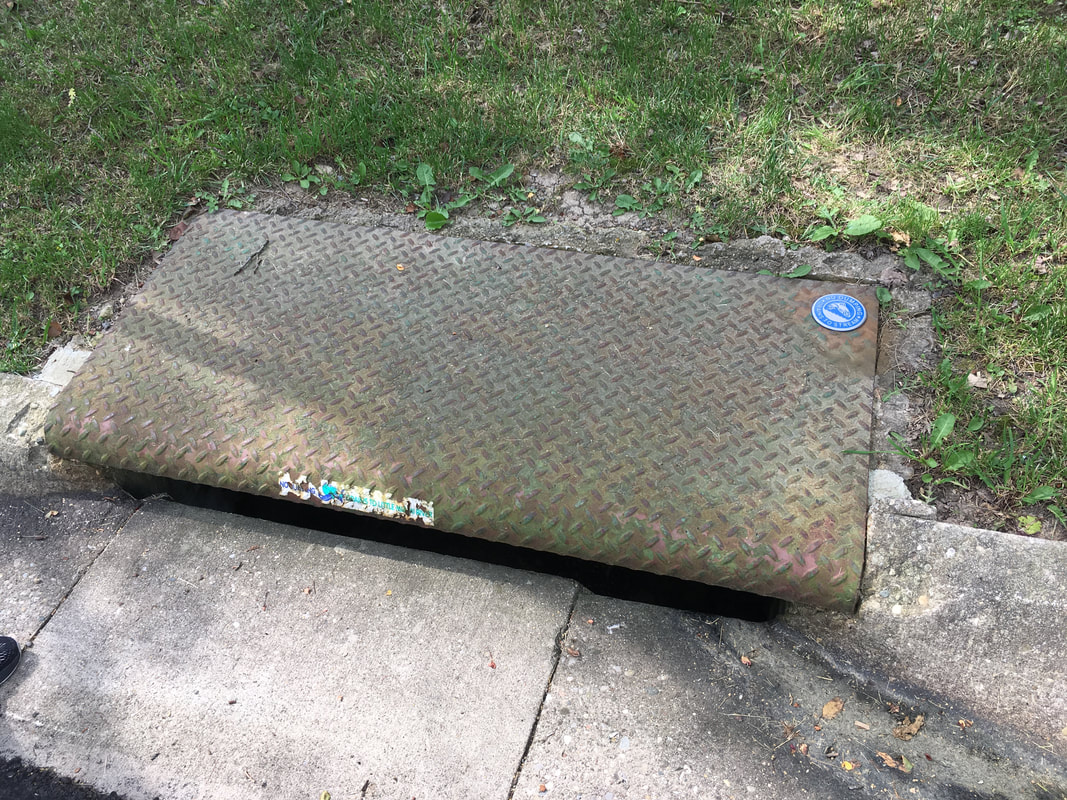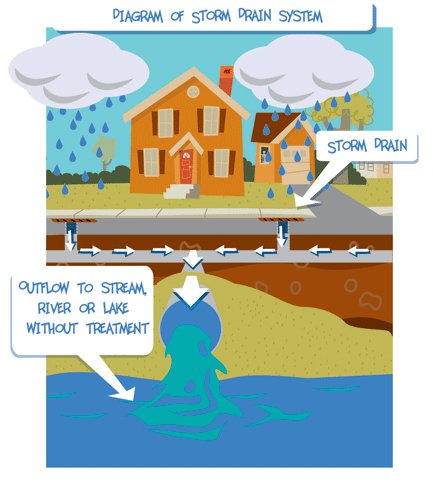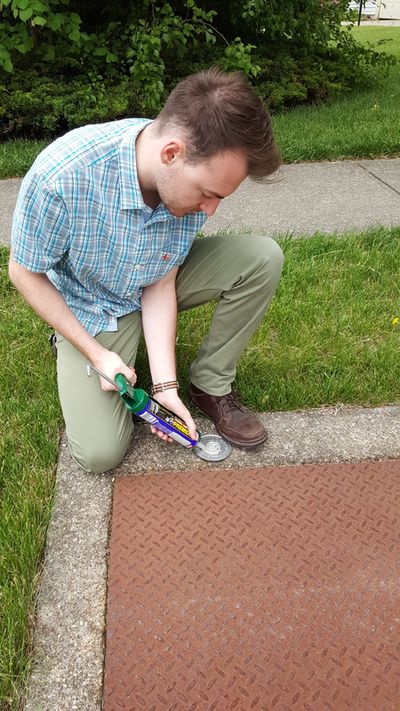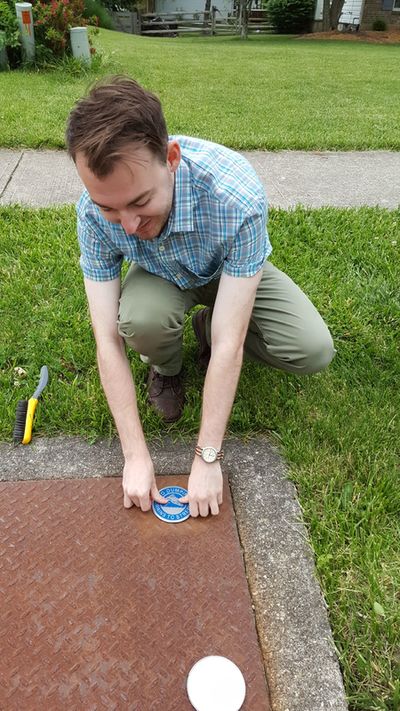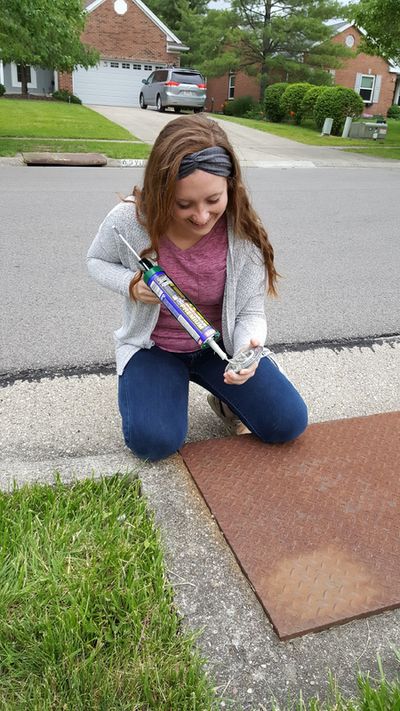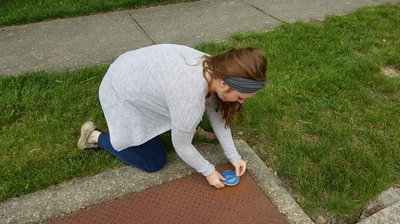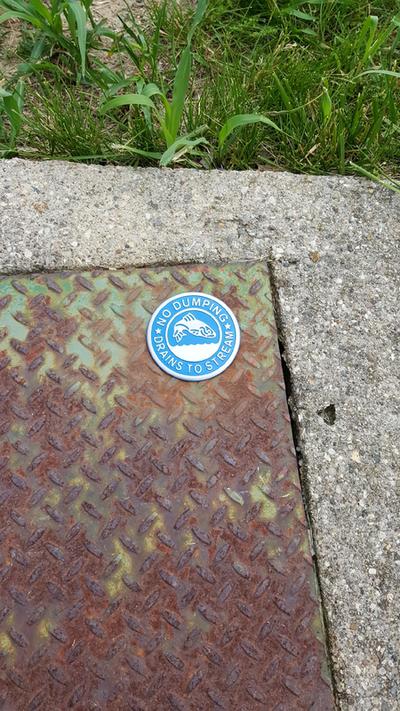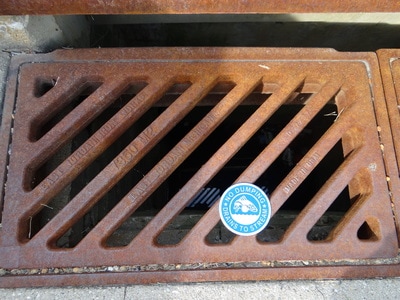|
Have you ever thought about your local storm sewer system? This may be a weird question to most but it occurred to me while I was watching a cartoon with my 6 year-old son that he probably felt that our local storm sewers were a place where weird, extra large, creatures lived. And before a couple years ago, I too, did not think too much about our storm sewer system. In fact, I had no idea that our storm sewer system is called an MS4 and is a part of a permit program to help protect our local waters.
MS4 is short for, “Municipal Separate Storm Sewer System.” MS4 refers to a collection of structures designed to gather stormwater and discharge it, without treatment, into local streams and rivers. In Warren County, many of our rural developments have stormwater management structures but it is only the communities that are classified by the United States Census Bureau as “urbanized areas,” that are a part of the MS4 permit program. In total, Warren County has six MS4s. In the State of Ohio, there are over 300 MS4s which include college campuses and hospitals. Each MS4 gets authorization from a National Pollution Discharge Elimination System (NPDES) permit to discharge stormwater into these systems. This permit is also commonly called a stormwater or MS4 permit. The word “National” refers to the connection with the Federal Clean Water Act and the word “discharge” refers to the fact that separate storm sewer systems eventually release untreated stormwater into local creeks, rivers and lakes. Each MS4 permit holder is charged with fulfilling the permit requirements but it is managed statewide by the Ohio Environmental Protection Agency (OEPA). The United States Environmental Protection Agency (USEPA) has an oversight role because they are charged with implementing the Clean Water Act. The MS4 permit requires communities to have six focus areas. The six focus areas are: Public Education and Outreach; Construction Site Erosion Control, Public Participation and Involvement; Post Construction Stormwater Management; Illicit Discharge Detection and Elimination; Pollution Prevention and Good Housekeeping. Each of these six focus areas have permit requirements including education and in some cases management of regulated activities. This permit work is crucial in helping keep our stormwater clean. Some communities in Ohio do not have separate storm sewer systems and thus, are not covered under the MS4 permit program. These communities have combined storm and sanitary sewers, meaning stormwater and grey water from homes/businesses flow through the same pipe. Combined sewage systems are under different requirements federally because with increased rainfall overwhelming these systems, raw sewage ends up in our local streams and rivers, which is how these systems were designed many years ago. Many combined sewer systems are installing green infrastructure to help handle high rainfall episodes to keep sewage from overflowing into local waters. For an example of how Northeast Ohio is handling their combined sewer system, check out, https://www.neorsd.org/stormwater-2/. In my realization of what storm sewer systems actually do, and that they do not serve as a housing system for unusually large, mutant, half human animals, I see now how important it is to protect our storm sewers and thus keep our MS4 system clean. All plants and animals must have water to survive. If there was not water there would be no life on earth. I challenge you to take part in the Imagine a Day Without Water which happens in October. You can check out ways to take part in this day at: http://imagineadaywithoutwater.org/. For more information about stormwater, check out the Penn State Extension Stormwater Basics Series - https://extension.psu.edu/water/stormwater-management or check out the Warren County Soil and Water Conservation District at https://www.warrenswcd.com/. -Cindy Meyer, Conservation Programs Specialist
0 Comments
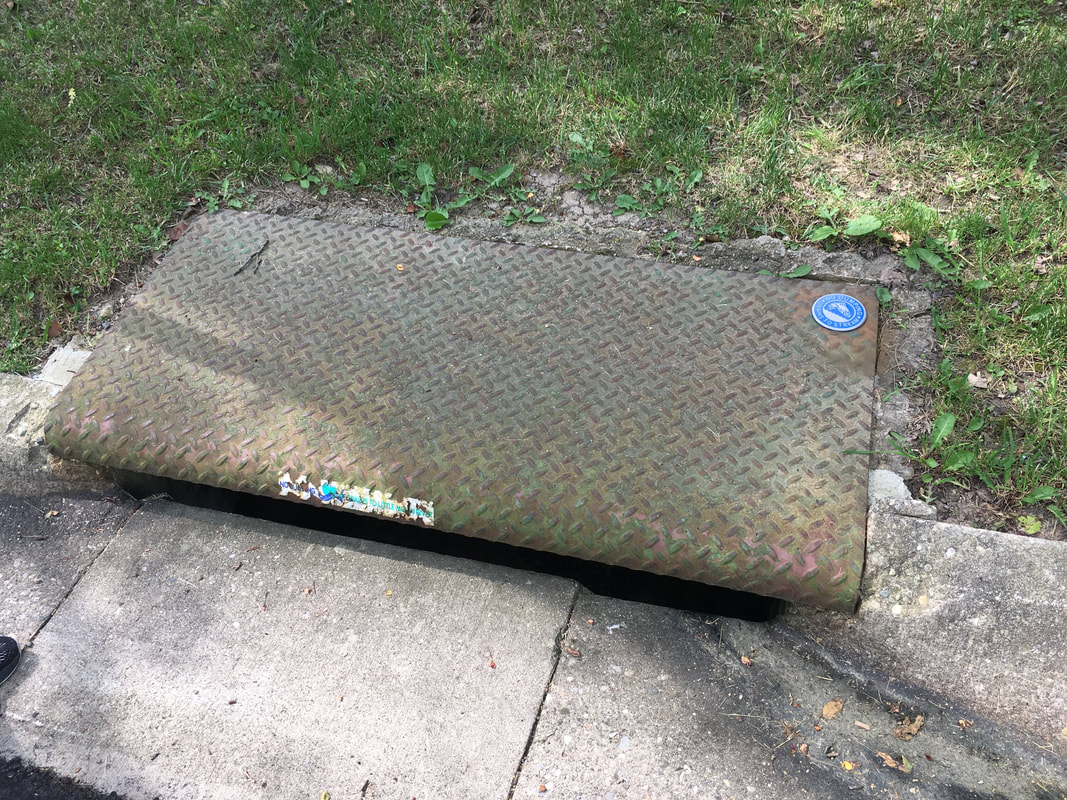 Often people think that disposing of waste liquids, products, etc. down a drain is ideal because eventually it all gets cleaned out at a wastewater treatment plant. After all, all drains go to the same place right? The answer to that question however is NO. It is important to understand the difference between sanitary sewers and storm sewers so we can protect our water resources. The sanitary sewer is a system of subsurface pipes that carries sewage from bathrooms, sinks, kitchens, and other plumbing components to a wastewater treatment plant where it is filtered and treated before being discharged. The storm sewer however is a system designed to carry rainfall runoff and other drainage. It is not designed to carry sewage or hazardous wastes that can enter the environment as pollution. The runoff is carried in subsurface pipes and/or open ditches and discharges untreated into local streams, rivers and other surface water bodies. Storm drain inlets are typically found in curbs and low-lying outdoor areas. Some older buildings have basement floor drains that connect to the storm sewer system. (MSU WATER) Disposal of chemicals or hazardous substances to the storm sewer system damages the environment. Motor oil, cleaners, paints and other common household items that get into storm drains can poison fish, birds, and other wildlife, and can find their way into drinking water supplies. In addition, grass clippings, leaves, litter, and organic matter can clog storm drains, cause flooding, and increase nutrient pollution in waterways. You may have seen storm drain tags placed by Warren County SWCD reminding people "Only Rain Down the Drain" and other similar messaging to help protect our environment and water resources. There are a wide range of things people can do at home to help safeguard our water sources; from installation of rain gardens and rain barrels to slow down stormwater runoff to washing your car NOT in the impervious driveway. But simply put, only rain water should enter our storm drains! To find out more about what you can do to help prevent water pollution, visit our Partners at Save Local Waters! 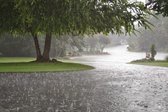 It's spring, so we are getting lots of rain lately. Rain always disrupts the land a bit and causes concern as it flows through yards, ditches and construction sites. But where does it all go? If you were paying attention in your second grade science class you learned about the water cycle. Some of the water soaks into the ground and recharges our groundwater. Smaller amounts of water evaporate to be collected in the sky creating more rain. But most of our rain water eventually makes its way to streams and rivers, oceans and lakes. 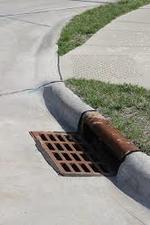 Our storm sewer systems do the job of collecting and conveying the rain water to its destination. These storm sewer systems collect the quickly accumulating rain and convey it down stream to make roads and bridges safe and to protect other property features such as houses, buildings and airports. There is a common misconception that the catch basins and yard inlets actually flow to a treatment facility. Some people think the water is taken to the same location that our sanitary sewers take and treat our sewage. This is not true. The catch basins and yard inlets you see around town flow directly to ponds, lakes, rivers and oceans. 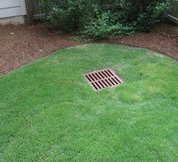 Because everything that is put into a storm sewer eventually makes it's way to our important natural features, you should never dump anything other than water into a catch basin or yard/street inlet. Never dump yard debris, pet waste, pesticides, fertilizers, vehicle wash, paints and other chemicals into a storm drain, The diagram below is a simplified diagram showing you how this system works. Tips for keeping our lakes and rivers clean!
Storm Drain Tagging Program Warren SWCD is committed to educating the general public about our storm sewer systems and protecting our wetlands, lakes, streams and rivers. One or our first jobs for our summer interns was installing storm drain tags! These tags let people know where the storm water flows and reminds them that dumping anything other than water will cause environmental pollution. If you are interested in helping us educate the public and would like to volunteer for our storm drain tagging program, please visit our Volunteer Opportunities page on our website. |
Details
Warren County SWCD Staff BlogA blog to keep you informed on all the latest news at Warren County SWCD and in the conservation world. Archives
May 2024
Categories
All
|
|
|
Contact:PHONE: (513) 695 - 1337
EMAIL: [email protected] HOURS: Monday - Friday 7:30am - 4:00pm (except holidays) Connect:Warren County Soil & Water Conservation District Copyright © 2016
Warren SWCD Privacy Notice. Emails are serviced by Constant Contact. Constant Contact's Privacy Notice. |
